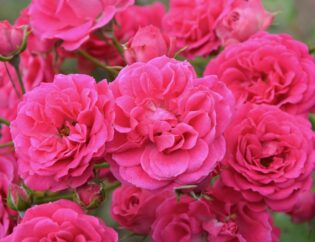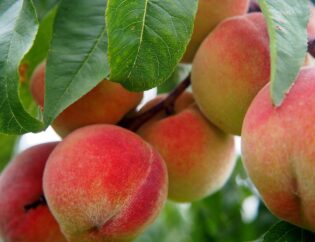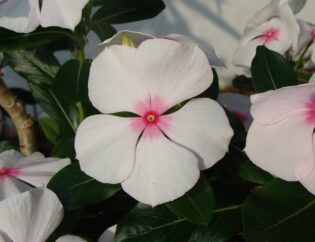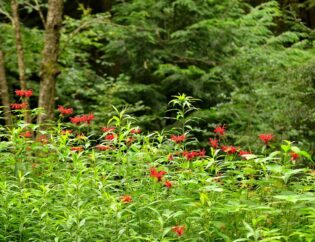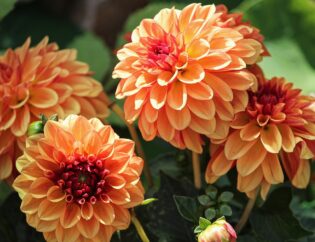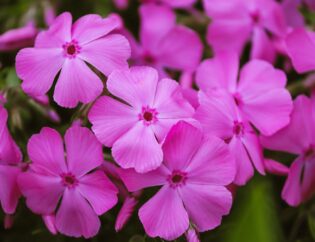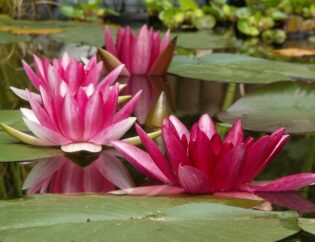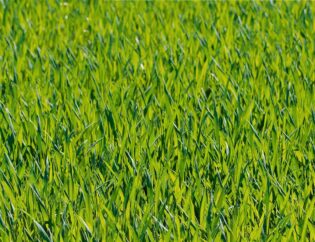
How many chemicals do you want on your lawn? With growing environmental concerns, many Georgia homeowners are turning to organic lawn care solutions to care for their lawns.
After all, children and pets often play on the grass, whether in the front yard or backyard, so it makes sense to use the gentlest products available.
The good news is that green lawn care isn’t too difficult. Follow these simple principles to enjoy a lush, green lawn without the harmful chemicals.
Test the Soil as a First Step
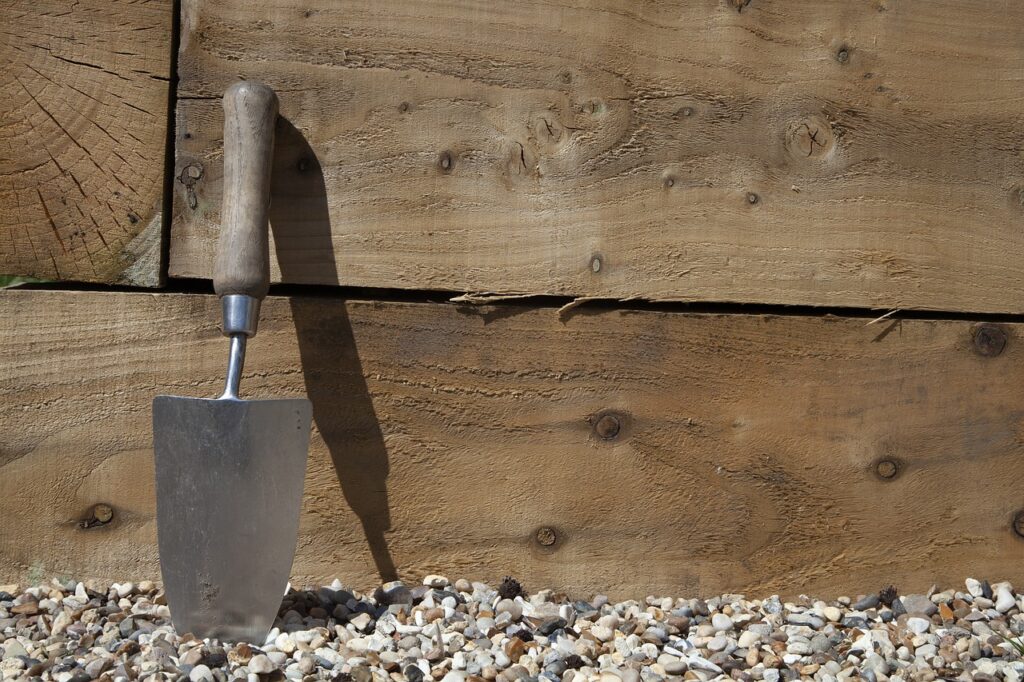
The first step is to understand the soil and dirt that your lawn calls home. Organic lawn care relies on maintaining proper soil health through large amounts of organic matter and plenty of active soil organisms. This approach cuts down drastically on the number of chemicals needed to “artificially” boost the lawn’s growth and health.
A soil test will inform homeowners what the soil is lacking. For example, some homeowners may find that their soil is lacking calcium or magnesium. With this information, they know they need to apply organic fertilizer or another product that will address these deficiencies.
Get the Square Footage
The next step homeowners should take is to figure out what they’re working with. Measure the lawn to figure out its square footage. This will inform how much organic lawn care product homeowners will need to apply to their lawns.
To figure out the square footage, divide the lawn into rectangular shapes as much as possible. Then measure the length times the width to get the square footage. E.g. 10 ft x 20 ft = 200 sq ft.
Divide the results in half for triangular shapes. E.g. 10 ft (at the base of the triangle) x 20 ft /2 = 100 sq ft.
Make Sure Maintenance Is up to Date
Keeping up with routine lawn care and maintenance is important with any lawn care regimen. But it is especially important when going the natural route.
Homeowners should stick to a regular schedule that includes:
- Mowing
- Edging
- Aerating
- Dethatching
- Watering
Many lawn crises can easily be avoided by keeping up with these important tasks. Plus, when part of a routine, they don’t grow into monumental tasks that take up the whole weekend to do.
Always Measure When Applying Products
Avoid guestimating when applying organic lawn care products. The whole point of measuring the lawn first is to apply the correct amount of product to your lawn. Imbalances in either direction can cause issues with the health of the grass.
Thus, keep the lawn measurements on hand. Measure out the product to equal how much is needed for the entire lawn. When applying the products, go over the lawn lightly a few times to ensure even distribution.
5 Essential Nutrients
Sunlight and water aren’t the only things plants need to thrive. Various nutrients are essential for plants to germinate, grow, and remain strong under environmental stressors.
1. Nitrogen
As a component in building amino acids, enzymes, proteins, chlorophyll, and other essentials for plant growth, nitrogen is vital in the soil.
However, there must be a delicate balance. Both too much and too little nitrogen can lead to different types of problems. Encourage the presence of soil organisms to naturally regulate the amount of nitrogen in the soil.
2. Calcium
Calcium gives plants their strength or structural rigidity. This is especially important for lawns because they are walked on. Weak grass will quickly become trampled underfoot and start creating bare spots in the lawn.
3. Magnesium
Most people know that light gives plants the energy to grow. However, they also need a healthy dose of magnesium. Without it, some essential enzymes will not activate and protein synthesis will suffer.
4. Phosphorous
Grass needs plenty of phosphorus in the beginning stages for germinating, flowering, producing seeds, and developing roots. Most of the time, homeowners won’t have to worry about phosphorus. In fact, too much phosphorus in the soil from over-application is more common than too little.
5. Potassium
Potassium is crucial for plants to endure stress, whether that be from the hot summer sun or because of people walking on them. Most soil contains an abundance of potassium, but plants can’t access it because it is bound to the soil. Soil organisms at work process the potassium into a usable form.
6 Organic Fertilizers
Fertilizing is the best way to replace nutrients the lawn has used up as well as correct soil deficiencies. Just as a human needs to eat the right nutrients to correct health problems, plants need access to the right nutrients to grow lush and healthy.
1. Kelp Meal/Seaweed
This algae-based fertilizer has plenty of nitrogen, phosphorus, potassium, and a whole list of essential nutrients. This fertilizer supercharges lackluster soil and helps fruit and vegetable plants produce a more abundant harvest.
2. Fish Emulsion
Fish emulsion fertilizer is made from nutrient-rich fish byproducts. While this might sound like a stinky solution, it’s only necessary to include about 1 tablespoon of fish emulsion to 1 gallon of water and spritz the mixture on plants and leaves. Yes, it does smell. But the smell goes away quickly outdoors.
3. Bone Meal
Bone meal is made by grinding up animal bones and steaming them to make the nutrients more available for plants. This organic fertilizer is a rich source of phosphorus.
4. Blood meal
Blood meal is animal blood that has been dried and turned into a powder (often from the cattle industry). It is an excellent way to add nitrogen to the soil but follow the directions carefully as it is easy to go overboard.
5. Compost
Enterprising homeowners can even make their own nutrient-rich fertilizer by composting organic waste.
6. Commercially Prepared
For specific soil needs, choose a commercially prepared option that has been made from natural ingredients to offer a specific ratio of nutrition. The label will specify organic components.
Use Organic Pest Control Methods
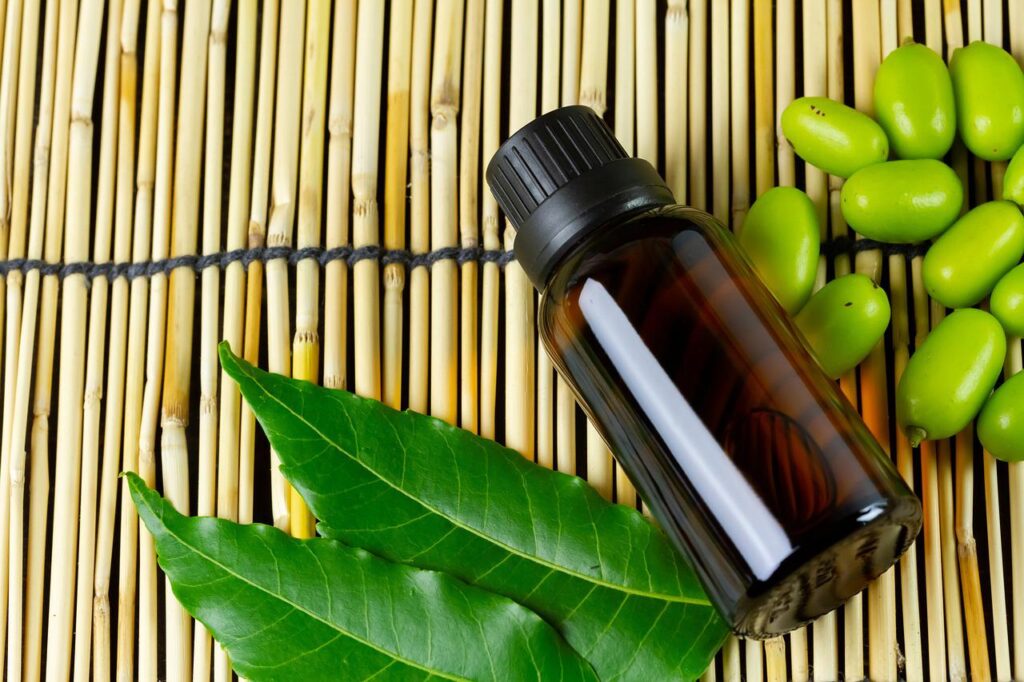
What about the bugs? Pests and their ravenous appetites can easily destroy all the hard work homeowners put into their yards.
Chemical solutions aren’t the only ways to get rid of pesky critters. There are a few simple, yet effective pest control solutions for green lawn care.
Neem Oil
Neem oil comes from a fruit that is similar to an olive. The oil carries fungicidal and pesticidal properties but poses no risk to people or pets. Add to water and spray evenly over the lawn for best results.
Remove Excess Thatch
Excess thatch provides homes for certain types of insects. Remove the thatch, (which removes their shelter) and fewer bugs will take up residence.
Utilize Organic Weed Control
Likewise, there are various methods of weed control that don’t require copious amounts of chemical weed killer.
Practice Good Lawn Habits
First, mowing the grass regularly and providing sufficient water keep the grass healthier. Overseed so that it grows densely and chokes out the weeds. Don’t add fertilizer when the lawn is not actively growing, the lawn doesn’t take advantage but the weeds sure do.
Remove Them Quickly
As weeds pop up, remove them immediately. This helps keep a small problem from growing into a major infestation.
Optimize the Soil for Lawn Growth
A lush, healthy lawn will grow thick in properly balanced soil. This will help snuff out many weeds before they can take root.
Use Landscape Fabric
Alright, this one doesn’t actually help with the lawn. But for the rest of the yard (including areas covered with gravel and rocks, mulch, perennial flower beds, side yards, and annual flower and vegetable gardens) use landscape fabric.
This is a one and done solution that pays dividends for years. And, with fewer weeds, not only is it easier to maintain the yard, but things look better between maintenance sessions as well.
Mow to the Right Height
Don’t cut the grass too short. Taller grass is better able to choke out the weeds and withstand stress, making it more tolerant to drought and heat. Cut to between 3 and 4 inches tall.
Water Correctly
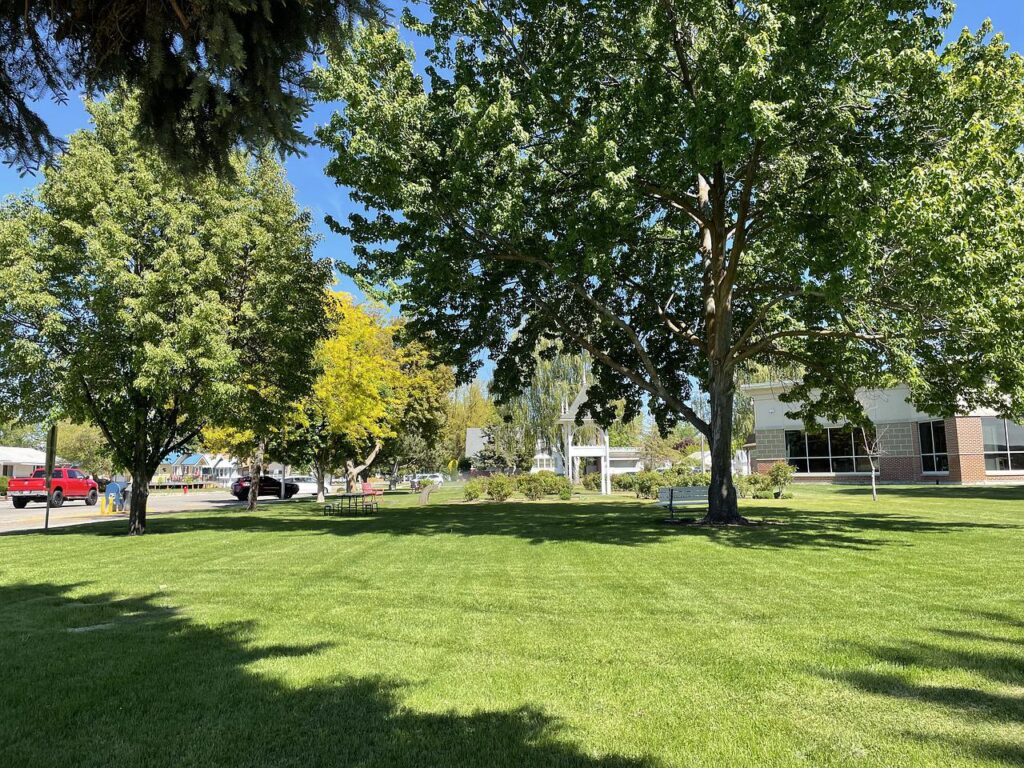
Watering at night can encourage fungal diseases and some types of pests. Thus, watering early in the morning is preferred. This gives the grass time to get a drink before the sun starts evaporating the moisture.
Plus, both too much water and too little water are detrimental to the lawn’s health in different ways. Get on a correct watering schedule to promote optimal lawn health.
Aerate the Lawn
Compacted soil makes it complicated for water and nutrients to make it to the plant’s root zone. Aerating the lawn once or twice a year loosens things up enough that the lawn can flourish.
Overseed for Strong Turf
Thick turf helps with weed control. Plus, it is far less likely that the lawn will develop thin patches or bare spots.
Some lawns only need to be overseeded every 3-4 years. Others require light overseeding each year due to environmental stress or heavy traffic. Keep an eye on the lawn and overseed at the first signs of thinning.
Rather Keep Your Weekend?
We understand that not everyone is as excited about lawn care as us and taking care of the grass can kill your weekend! If you’d prefer to hire it out and get it off your plate, look no further.
Our team here at Atlanta Turf & Tree has over 35 years of combined experience in the industry and has been making yards like yours beautiful since 2007. Contact our landscaping services experts and get your landscaping project off the ground today.
